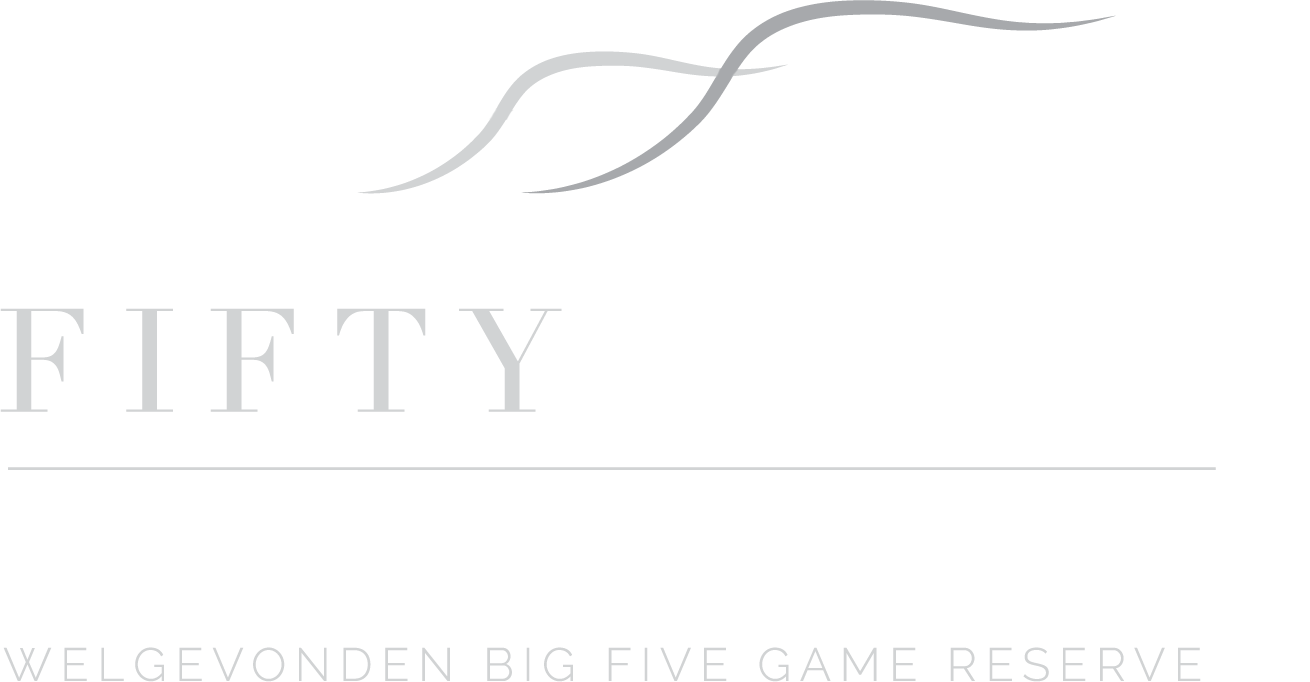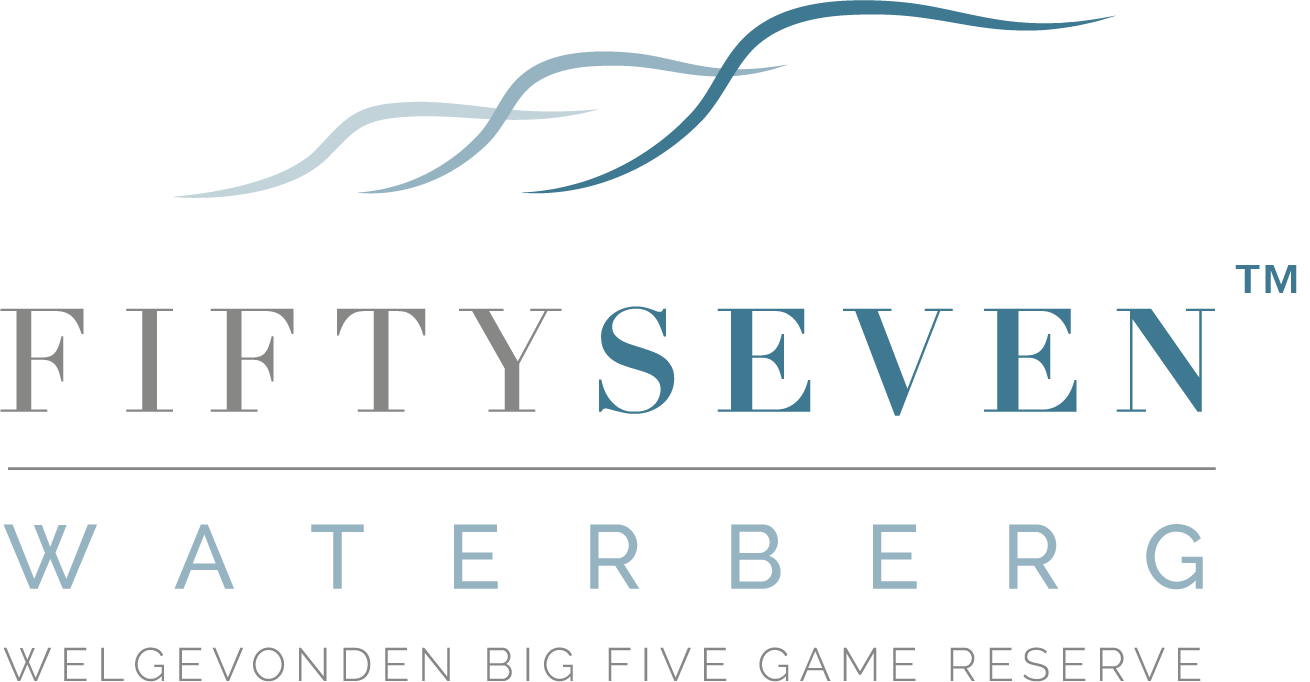
20 Sep Waterberg Accommodation
Why So Many Tourists Now Want Accommodation in the Waterberg
Established as the first such park in South Africa in 1926, the Kruger National Park quickly became a magnet for wildlife enthusiasts and has remained so for the better part of a century. Given the huge number of visitors that, each year, flock to this iconic venue, both from within the country and from overseas, the park authorities have been required to adopt a more commercial policy that caters for the needs of the tourist, as well as for those of the wildlife. The policy has seen the establishment of franchised fast food outlets, souvenir shops and, a steady increase in the prices of admission and accommodation, resulting in many more travelling to Waterberg venues, east of the Kruger.
By contrast, the former Northern Transvaal region that was declared a province and renamed as Limpopo in 1994, is home to some of South Africa’s most recently established national parks. Among them is an area of close to 15 000 square kilometres declared as a UNESCO Biosphere reserve as recently as 2001. The Waterberg Biosphere contains numerous game reserves and smaller national parks that, apart from being home to a wide variety of flora and fauna, have an additional appeal in that they remain largely unspoilt by commercialism. Policies in the region promote a more responsible and sustainable form of tourism with direct and tangible benefits, both to the region and to its inhabitants.
In addition to its obvious appeal to the eco-tourist, many of those booking Waterberg accommodation are in search of their cultural roots in an area that is replete with the archaeological evidence of mankind’s earliest efforts to survive, and to take its first steps on the road to civilisation. For still other visitors, it is the magnificent mountain range itself that provides the exciting challenge of sheer cliff faces to be scaled and that has served to make it a favoured destination for rock climbers worldwide.
In the midst of the biosphere lies the Welgevonden Game Reserve. Consisting of almost 35 000 hectares, it occupies a plateau famed for its biodiversity and offering what is possibly the best opportunity to view each of Africa’s famed Big Five. When one adds to this almost 50 species of mammals, around 300 bird species and the world’s largest collection of rock art sites, it is not hard to understand why accommodation in the Waterberg region has become so sought-after.
As is the case with most bushveld venues, this region too has its share of campsites with the ablutions and lapas that help to make one’s nights under canvas a little more comfortable and convenient. There is also no shortage of reasonable guest houses and B&Bs in some of the not-too-distant towns, such as Bochum. However, for those who may prefer to be a bit closer to the action, a well-appointed game lodge is certain to hold far more appeal.
One such lodge goes by the name of Fifty Seven Waterberg and is situated in the very heart of the Welgevonden Game Reserve which, incidentally, offers the added bonus of being a malaria-free zone. With just five luxury suites, each with its private patio, our exceptional Waterberg accommodation offers an oasis of tranquillity in which to escape the city’s madding crowds.

